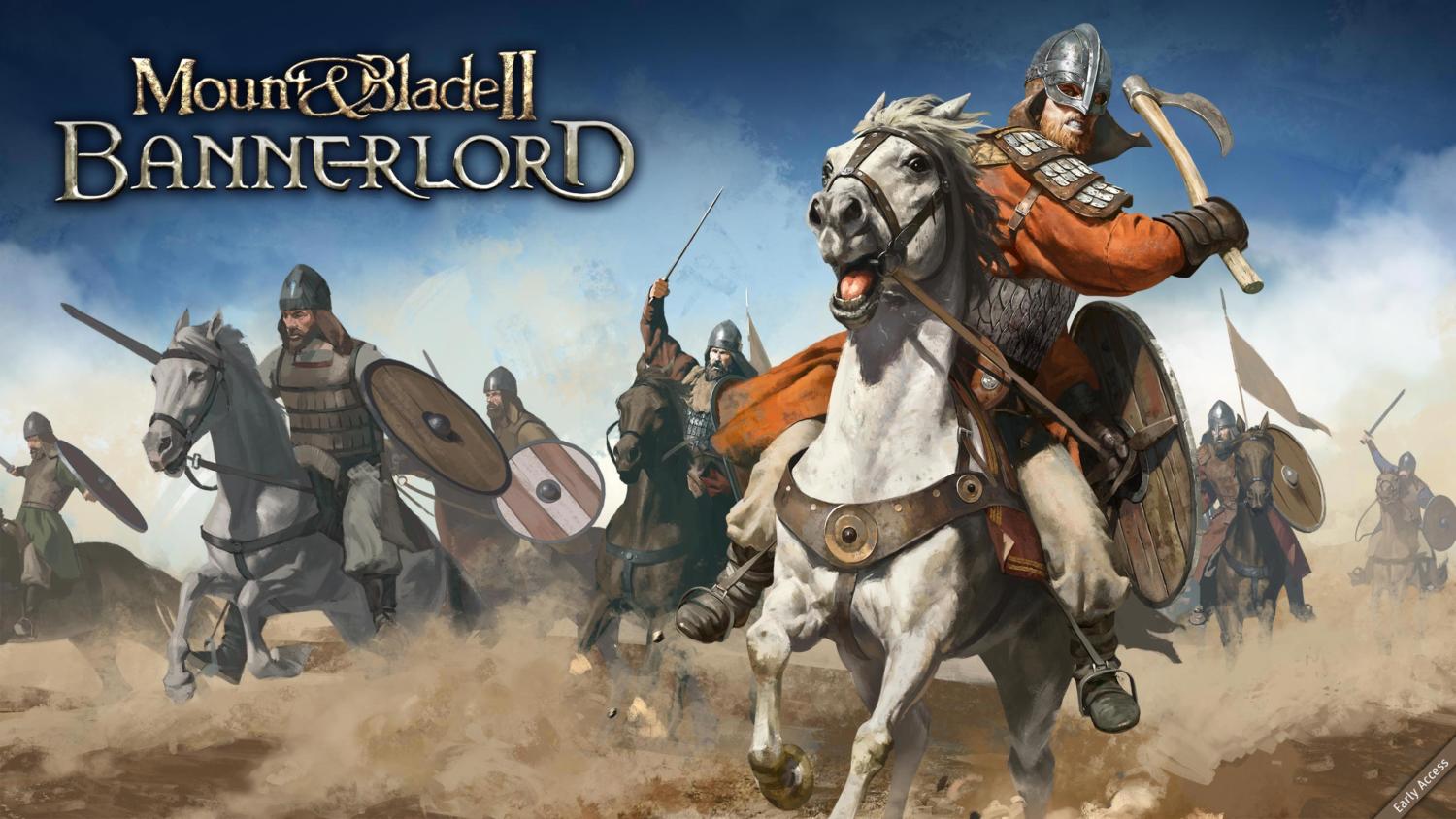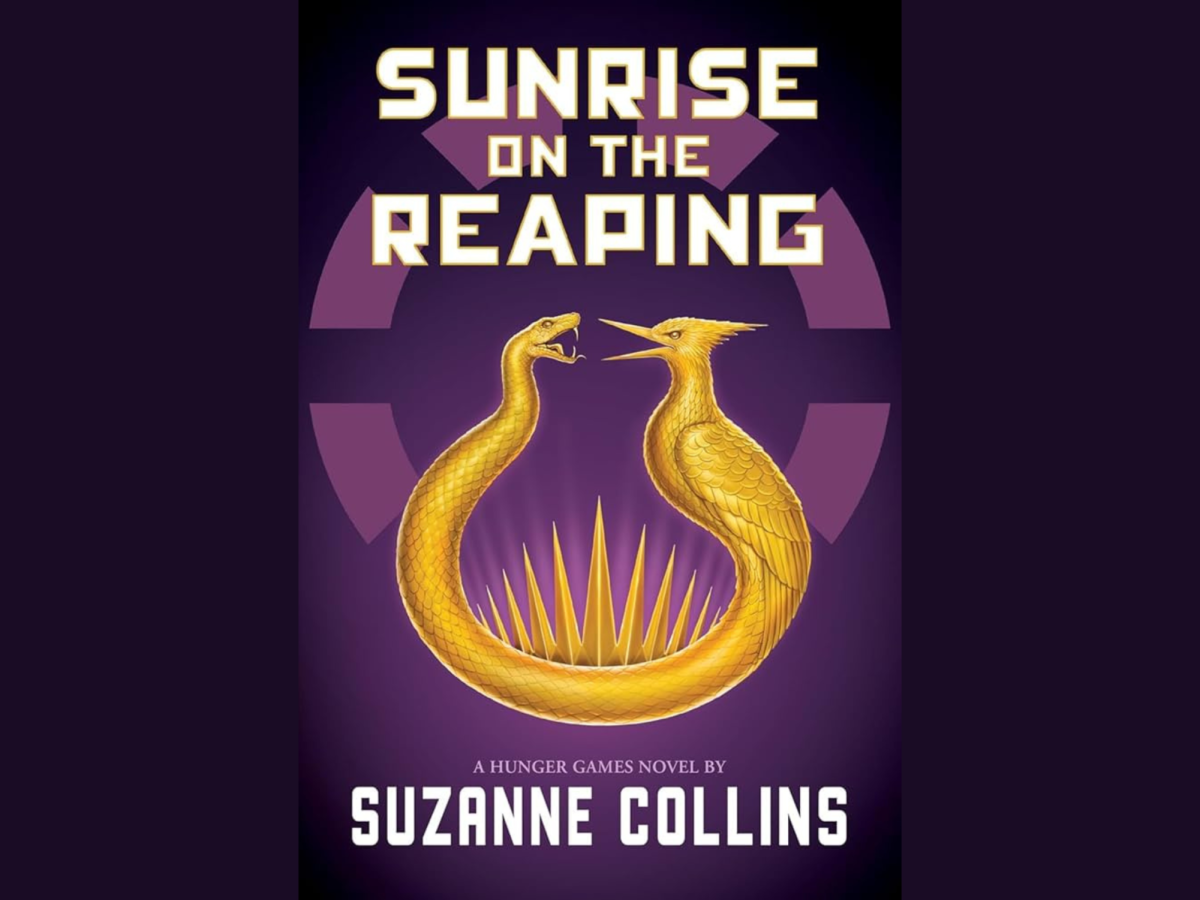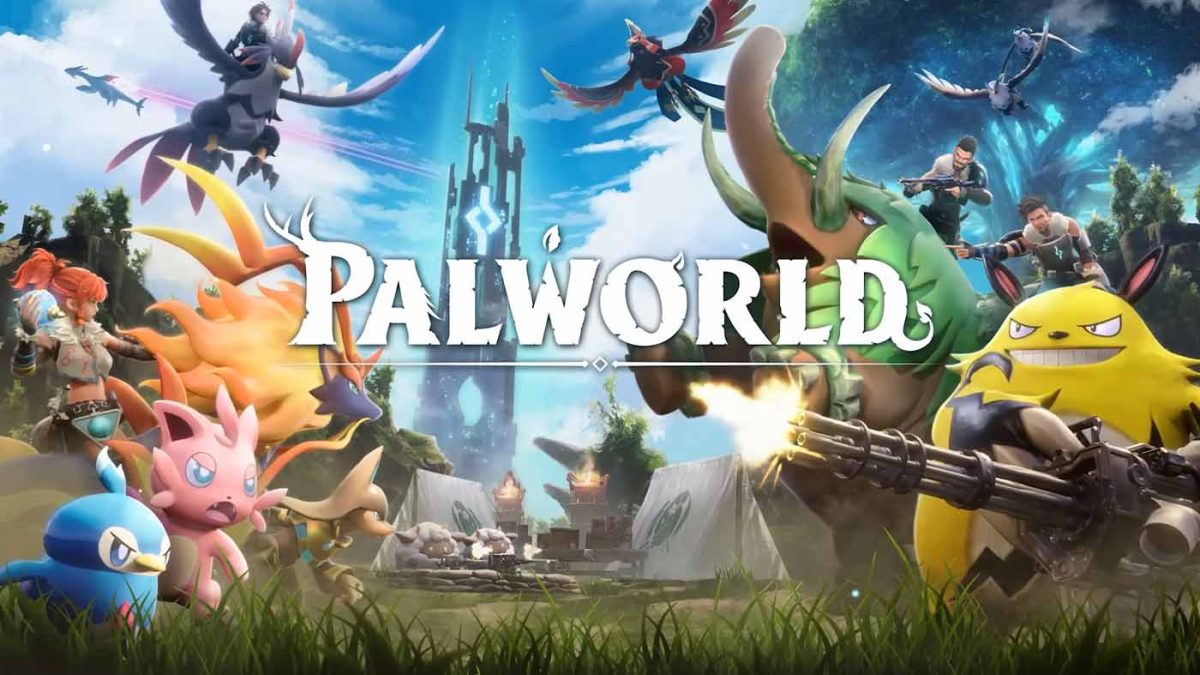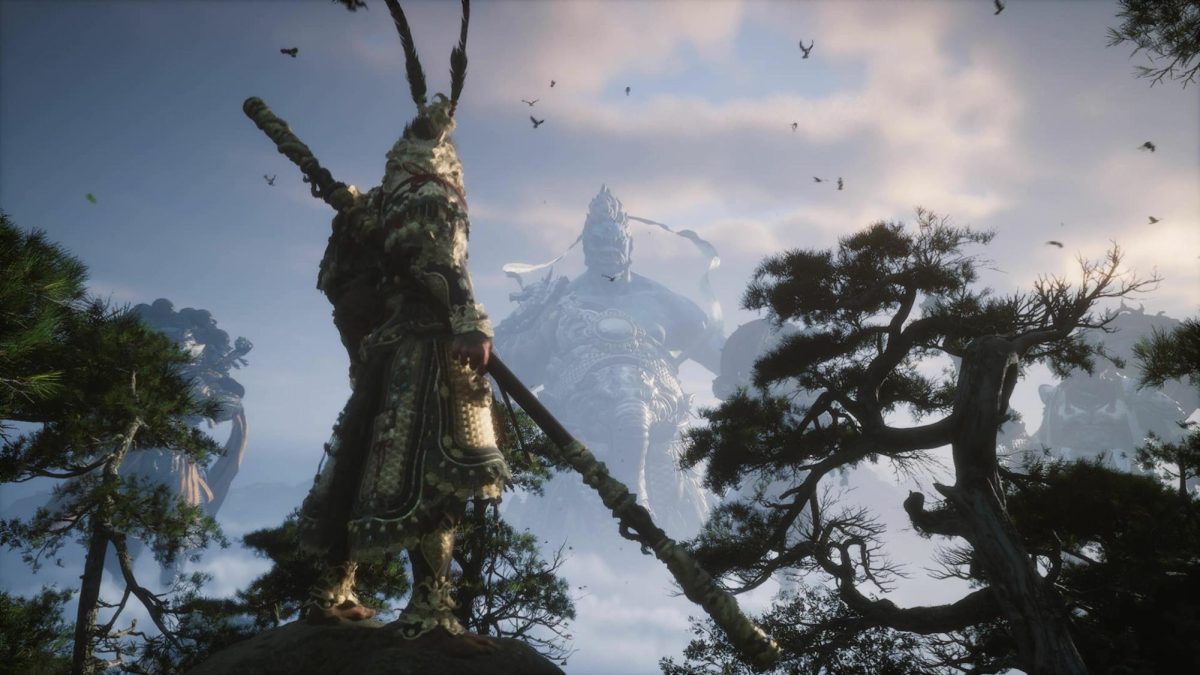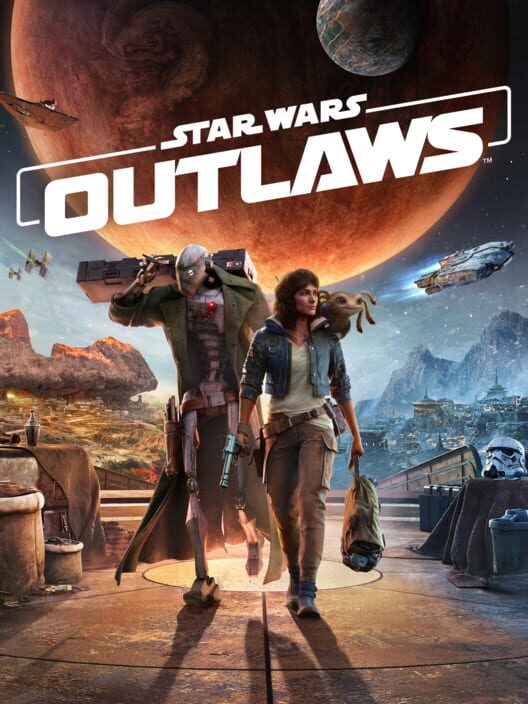My earliest foray into the strategy game genre was a title released all the way back in 2010 called “Mount & Blade: Warband” It was my favorite game to play at the time, and still one I frequently return to. The game’s premise is simple: achieve glory on the fictional continent of Calradia, through conquest, diplomacy, or gold. With the creators of the game TaleWorld’s success, they began plans for a sequel and announced a prequel called “Mount & Blade: Bannerlord”.
Bannerlord became sort of a joke the next few years after that, similar to how GTA VI is viewed now, as something many anticipated, but would never be released. Many held this belief because it was announced in 2012, but almost no progress updates or announcements were made until the game suddenly dropped on March 30, 2020. To many people’s dismay, the game was released with many features not implemented, and with an early access tag.
Recently, another major update was released for Bannerlord, and with many of the final game features finally in place, many were wondering if the game held up to its original hype.
My first impression of playing the game since its initial release was the sandbox mode: a feature many were angry about not being released, as the game’s campaign mode limits the freedom of choice for the player at the beginning of their story. Sandbox mode allows the player to instantly jump into the world without prescripted story elements. This theme is common within Bannerlord, taking community feedback and successfully implementing these features in the development of the game.
The premise of the Warband games has remained consistent, with the player raising troops, doing work, and acquiring money in the hopes of one day achieving more. This is achieved in a variety of ways, but many want to become a King or Ruler of a nation, and while in the original release the nation system was not fleshed out that well, it has since been expanded upon, with major improvements and new features from the original.
The best example of this is dynamic families and kingdoms, in previous Warband games, the named characters, companions, and the player were completely immortal, unaging, and impossible to kill. Now, the death of not only your character, companions, and rulers is possible, and power passes dynamically in a feudal-like system. The biggest innovation would also be the ability for new important characters to come about through birth, meaning royal families now have more kids, and new people come into power and prominence as Monarchs age and die.
This is all to say, the game is much more alive now, more personality has been given to the noble families and companions at the start of the game. Wars and power are dynamic, and the political situations are eternally changing. What makes this particularly interesting is you have the option as the player character to not even get involved.
In fact, one of the most popular tasks to do in the game is trading. There are entire sub-communities and guides dozens of pages long all about the fictional continent’s economy and how to succeed in it. To many players, the wars of Kings and Nobles between lore-rich Empires are just a backdrop for trading or mercenary work.
The game never starts the exact same, with the player being able to select their culture, appearance, and what their character did during their adolescence, which has effects on the characters standing at the start of the game, including reputation, stats, and other important elements of the game world. The one thing that is a constant at the start is the player has practically nothing but a little bit of starting money to their name and must work up their and their clan’s reputation throughout the game.
This is an amazing feature for replayability, and quickly jumping into the game world is a staple of the Warband series. However, Bannerlords dynamic aging takes this to a whole new level, with the game now meant to last for long periods of time. This makes the game world much more engrossing and can make some saves of Bannerlord up to a hundred hours.
Graphics-wise, the game is up to Modern standards and performs well even with massive troop battles. The troops and cultures are much more distinct now, and one cannot mistake the silhouette of the different nations’ veteran soldiers. This gives a lot of diversity in the game world and contributes to the feeling of the world as large and dynamic. This is aided by the beautifully crafted biomes of the different regions, which also are represented in the game’s simulated troops battles.
The newly improved graphics are also aided by a beautiful collection of music. Many previous scores were remastered for Bannerlord, as well as adding a new collection of battle tracks and themes that fit into the feudal world.
When I went back to play Bannerlord to see how the game was with all of its major features, I honestly was just expecting a graphically updated Warband. However, Bannerlord turns out to stand on its own merits and surpasses Warband not only technically but through its new game mechanics, and dynamic game world. This game is well worth the $40 price tag on Steam.

